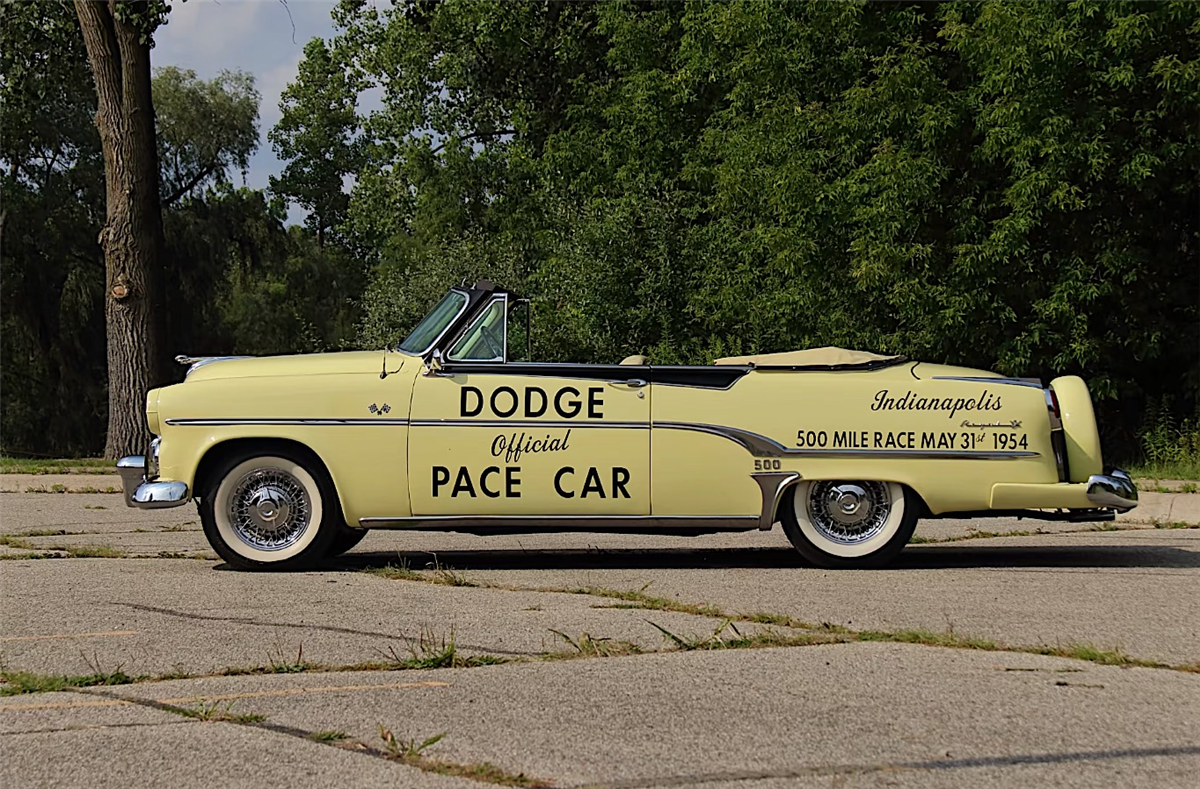At least from a certain perspective, the auto industry can be broadly split into two divisions. On the one hand, there are vehicles that any regular person can drive, and on the other, there are race vehicles that represent the pinnacle of engineering for a given corporation. Pace cars can be found somewhere in between if you look very closely.
There are several names for pace cars, with safety cars being the most typical one. Whatever name is given to it, this type of vehicle is defined as one that is intended to pace racers on the track in the event that something bad happens on the tarmac.
The concept was first used all the way back in 1911, during the first ever running of the Indianapolis 500 race. Just like it happens today, the race was not without incidents, and since race organizers couldn’t simply send people on the track to warn drivers of dangers, cars were used instead. In this particular event, a Stoddard-Dayton was deployed for this purpose.
From that point onward, all racing events across the world, big or small, used pace cars for their purposes. In fact, this type of vehicle became so important for enthusiasts that carmakers were forced at one point to produce special edition safety cars to sell to the general public.

Over the years, it was done by all of the major American automakers as well as a few international ones. I can give you the Chevrolet Corvette, Chevy Camaro, and of course the Ford Mustang as examples right off the top of my head.
Even if they weren’t as well-known as the celebs named above, other people have filled the role over the years. One of them was the Dodge Royal, which set the Indy 500’s opening speed in 1954. Given that it was only produced from 1954 to 1959 and initially served more as the top trim level for Dodge vehicles of the time than a separate model, the Royal may not have much significance to the general public today.
Although it was designed in the style of the era and packed a Hemi engine under the hood, it didn’t exactly become a trendsetter. It’s presence though at Indianapolis in its first year on the market prompted the release of a special edition version. The convertible iteration of the Royal was chosen for the task, and in all just 701 examples were made that year, out of a total production run of about 65,000 vehicles. Coming across one today is for collectors what finding gold is for prospectors.
And gold we found, in the form of one of those 701 examples made. It’s in almost pristine condition, despite the over 52,000 miles (83,000 km) shown on the odometer, and it’s selling during an auction taking place early next month.

We don’t have the history of this vehicle, other than a piece of fugitive information saying it has been part of the Ray Skillman Collection from Indiana. But we do know the car is rare and, in the best of condition, it can fetch as much as $80,000 during a sale. This particular example has the same underpinnings as all other Pace Car edition Royals, meaning the standard chassis holds a convertible body and a 241ci Hemi engine with a four-barrel carburetor and automatic transmission in tow.
The unique features of this trip are the extra fittings it displays. The Continental kit is clearly visible at the rear. The paint job is a unique shade of yellow applied over a black interior that appears to have held up remarkably well over time. Tinted glass encloses the cabin, and the console has a push-button AM radio as a relic of bygone eras.
The car’s wheels, which are wire-styled chrome Kelsey-Hayes wheels with unspecified proportions and whitewall tires atop them, are what make touch with the ground. The outside décor of this car, which includes all the necessary emblems and markings, is what draws the most attention. They may appear outdated by modern standards, but they do give the Royal a well-deserved dose of retro flavor. In addition to being told that this is an official Dodge pace car by the use of black letters, the text confirms that it was created in homage to the automobile used at the Indianapolis 500 on May 31, 1954.
